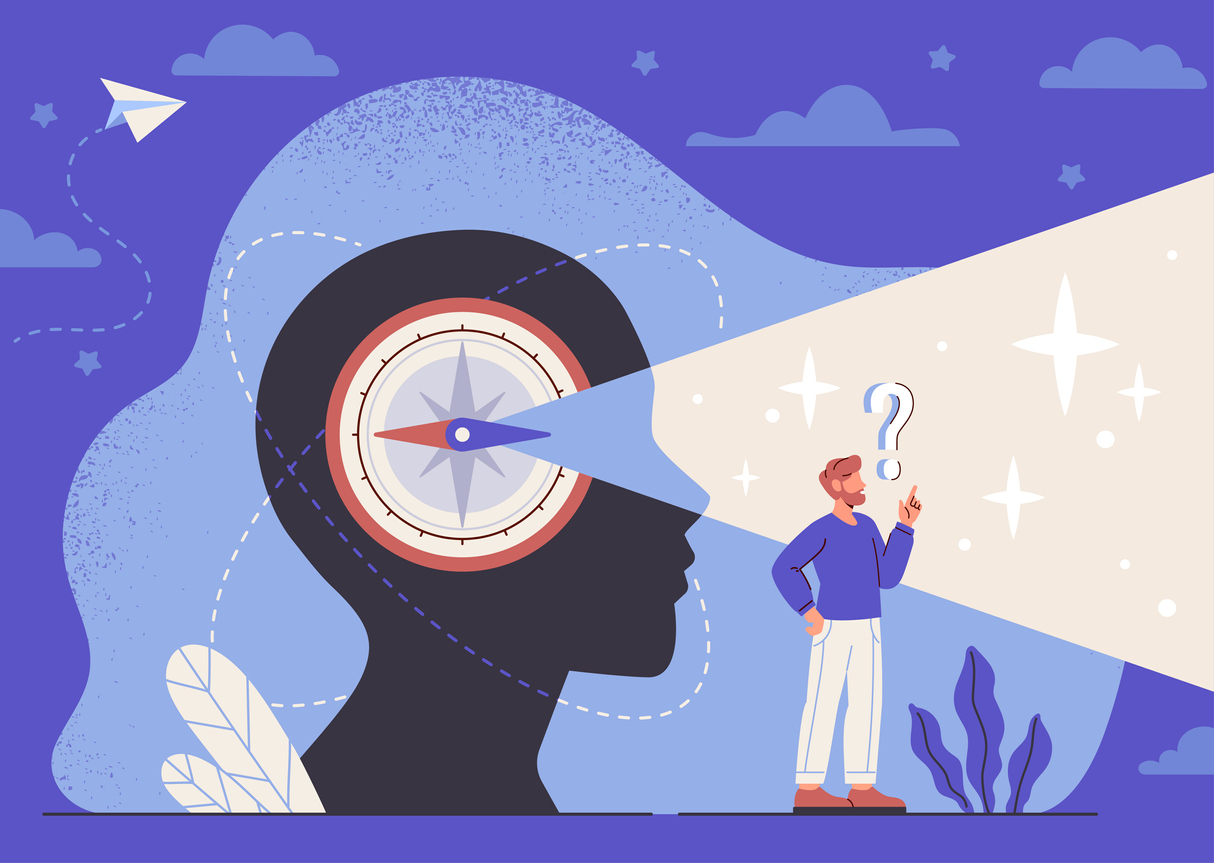From the writings of John Myrna
Late one Sunday evening I pulled a couple of frozen yogurt bars from the freezer we keep in the garage. Earlier in the week, my son had mentioned that we should defrost that freezer, a task I’d been putting off.
When I got back in the house, it was obvious that the frozen yogurt bars were not frozen at all, rendering them too soft to eat. Something was wrong. I put the bars in the kitchen freezer and told my wife Mary that we’d better defrost the garage freezer the next day. Without doing so consciously, I had associated the failing freezer’s performance with my son’s observation that we should defrost it.
The next morning, before starting the defrosting process, Mary suggested we first verify that there wasn’t something else wrong with the freezer. An inspection of the rear of the freezer quickly revealed that the compressor had burned out. Defrosting the freezer had nothing to do with the appliance’s poor performance, and wouldn’t have solved the problem.
In his book Thinking, Fast and Slow, Daniel Kahneman discusses recent research on how we make decisions using two systems. System 1 operates automatically and unconsciously to come up with an answer by associating what we are observing with past experiences. The more recent the experience, the greater the weight System 1 places on it. System 2 analyzes data to rationally come up with an answer. (It usually just rationalizes the System 1 answer unless System 1 can’t provide an answer, as when you are asked to multiply 57 times 234.)
System 2 thinking uses up substantially more mental energy, specifically in the form of glucose, than System 1 thinking. Most people have used up their available mental energy by the end of a busy day. At that point, lacking any outside pressure, we all just accept the “easy” answer — in my case, “defrosting.” System 2 thinking works best in the morning or just after a meal.
System 1 thinking is a great way to get through the day and the many decisions that have relatively low risk. These might be when to brush your teeth, where to go for lunch, or how to respond to the typical customer request. System 1 thinking is a dangerous way to make major decisions about things like restructuring your company, hiring a CFO, or “firing” a customer.
If you are making high-stakes company decisions, you should rely on System 2 thinking, fed with a diversity of input. Structuring strategic planning meetings in a way that requires every participant to utilize System 2 thinking is essential. A successful planning process balances the power and efficiency of System 1 thinking with the enervating utilization of System 2 thinking to validate and/or expand on it.
If you’d like to see this in action, consider sponsoring a facilitated strategic planning meeting that moves you from concept to tangible implementation.




.jpg)